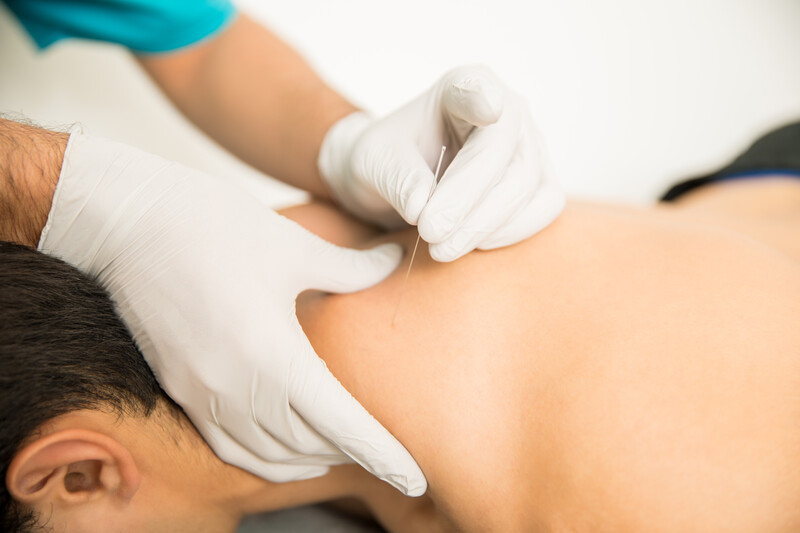What to Expect at Your Integrated Dry Needling Treatment
When you have pain, a muscle knot, reduced blood flow, or other muscle issues, integrated dry needling (IDN) might be just what you need for relief. Few people have heard of it or understand what it is, but it has been proven to be an effective treatment for issues involving the muscles. We admit, “needling” does not sound like pain relief to most. However, when you learn about integrated dry needling and how it works, you’ll find that it is a safe, simple, and effective way to reduce your pain. It requires short treatments of ten to fifteen minutes and is much more comfortable than you may be imagining. If you’re thinking of making an appointment for integrated dry needling, here is what you should expect.
The Basics of Dry Needling
Normally when a nurse injects a needle into you, he or she uses a hollow needle that either delivers a liquid, like a vaccine, or takes a liquid out (usually blood). Dry needling does not deliver nor remove a liquid, which is why we call it “dry.” Instead, the goal of dry needling is to stimulate the right muscle and force it to twitch.
While no one is certain about why dry needling works (it was developed from traditional acupuncture), there are several theories. The needle puncture creates a twitch, which may stimulate the body to release pain-relieving hormones. The small holes created in the muscles may trigger muscle re-growth, which may then benefit the whole muscle and not just the injured spots.
Your physiotherapist will use an exceptionally thin, solid needle and insert it into your trigger point or the relevant muscle for the injury or pain you’re experiencing.
What to Expect During Your Appointment
So, you’ve made an appointment for integrated dry needling. What should you expect? First, your physiotherapist or their assistant should have had a discussion with you about what you want from dry needling and whether it is safe for you to do it. Those with bleeding disorder, epilepsy, and certain other conditions may be advised against integrated dry needling.
Arrive to the appointment in comfortable clothing which, when possible, will give your physiotherapist access to the treatment area. For some areas, you’ll need to change into a comfortable gown at the physiotherapist’s office.
Your physiotherapist will have you lay down, they’ll sterilize the area, and then they will begin inserting the needles. You can expect mild pain during the process, but it will be over in only ten to fifteen minutes. If you’re ever concerned about the pain, just talk to your physiotherapist.
After the treatment you may feel soreness and mild pain, or you may experience slight bleeding or bruising. This is all normal. You should start to see the benefits from integrated dry needling in at least a day—but most people will feel the benefits almost right away.
Talk to us about booking an integrated dry needling appointment today and find the solution for your muscle soreness.

